In his latest entry for the American Action Forum’s “Reality Check-Up: The Truth About Single-Payer Systems,” Michael Baker offers an excellent primer on this heartless metric.
QALYs attempt to assign a monetary value to life. A year in perfect health equals one QALY. A year with illness or disability counts for less.
Single-payer systems often use QALYs to determine whether prescription drugs and other treatments are “worth” covering. The more QALYs a therapy produces per currency unit, the more cost-effective it is for the state.
But QALYs are ethically suspect. They value human life based on the number of “good years” — at least, in some government functionary’s opinion — that someone has left. QALYs thus routinely discriminate against the elderly, disabled, and chronically ill.
Consider how QALYs have panned out for British and Canadian patients. The U.K.’s National Institute for Health and Care Excellence refuses to cover drugs that cost more than £30,000 per QALY. The result? People can’t access life-saving therapies.
Take Kisunla, for example — an innovative drug approved by the U.S. Food and Drug Administration in July 2024 for its effectiveness in slowing the progression of Alzheimer’s in patients in the early stages of the disease. Despite its promise, NICE declined to cover Kisunla, stating that there was “not enough benefit to justify the additional cost to the NHS [and the] taxpayer.” The data showed that Kisunla would help 70,000 patients battling dementia in the UK.
Canada sets a threshold of about $50,000 Canadian — about US$36,000 — per QALY. Like the U.K., Canada’s healthcare system uses QALYs to avoid covering life-saving drugs — including Onivyde, a pancreatic cancer treatment that boosts patient survival by 45%. No wonder Canadian oncologists recently warned that the $50,000 standard is “out of touch with reality” and leads to preventable deaths.
The U.K. and Canada aren’t alone in wielding QALYs as an excuse to deny their citizens access to novel treatments. Australia, the Netherlands, Sweden, Norway, Finland, Denmark, France, Germany, and Japan all employ them in one way or another.
QALYs are a natural consequence of single-payer health care. Governments do not have unlimited resources. So they resort to rationing to keep costs under control. Patients wait for care — if they’re able to get it at all.

